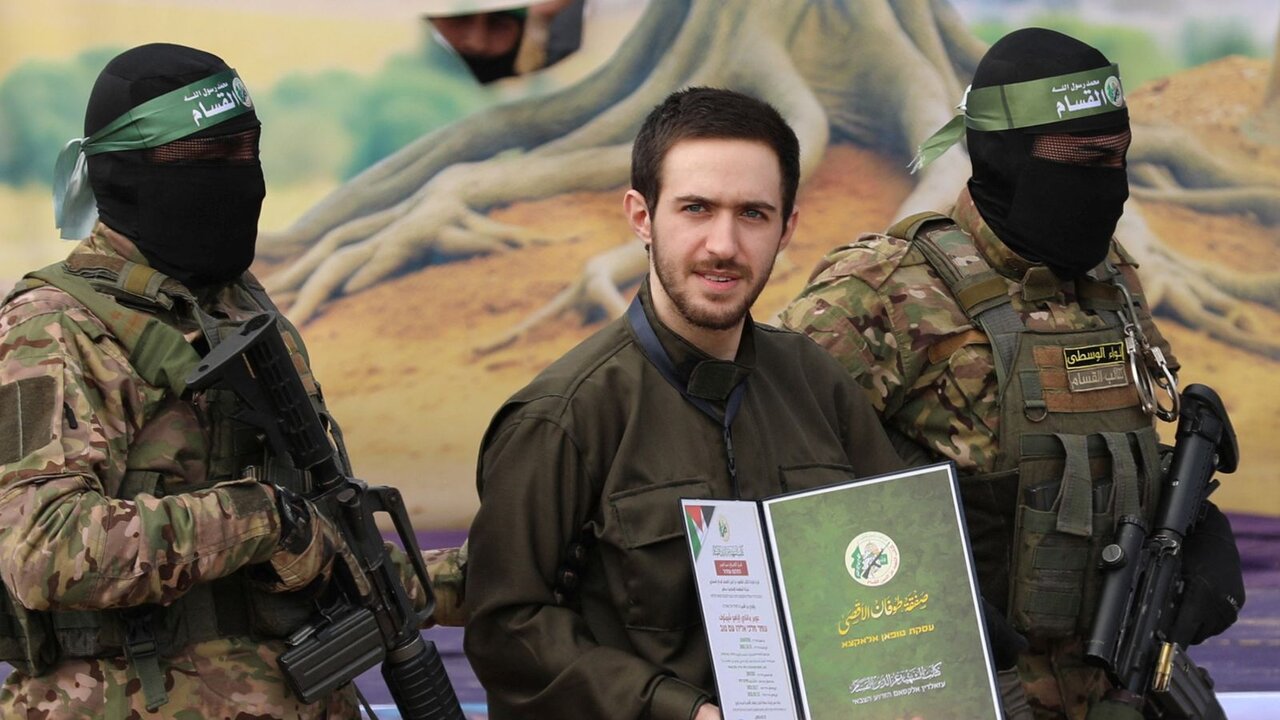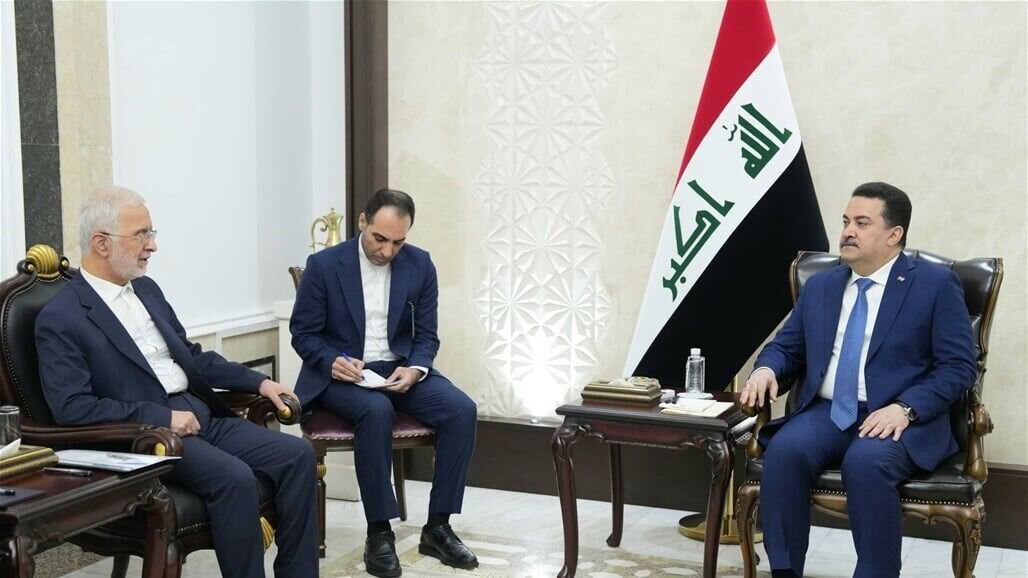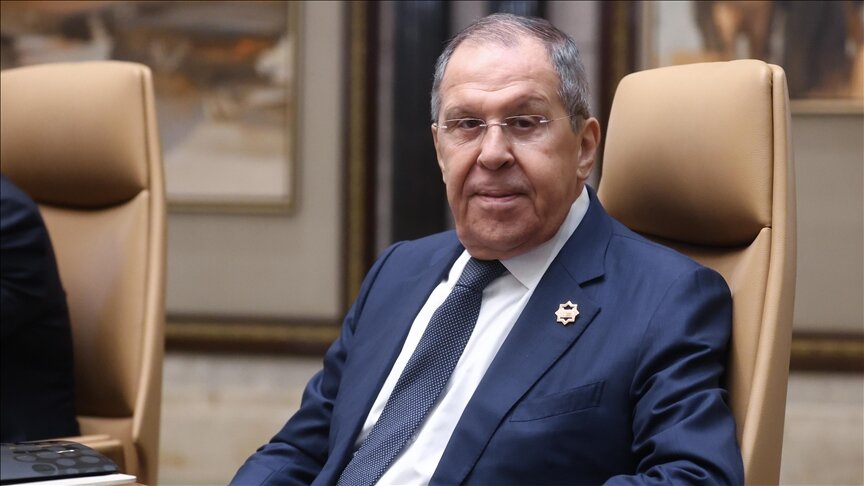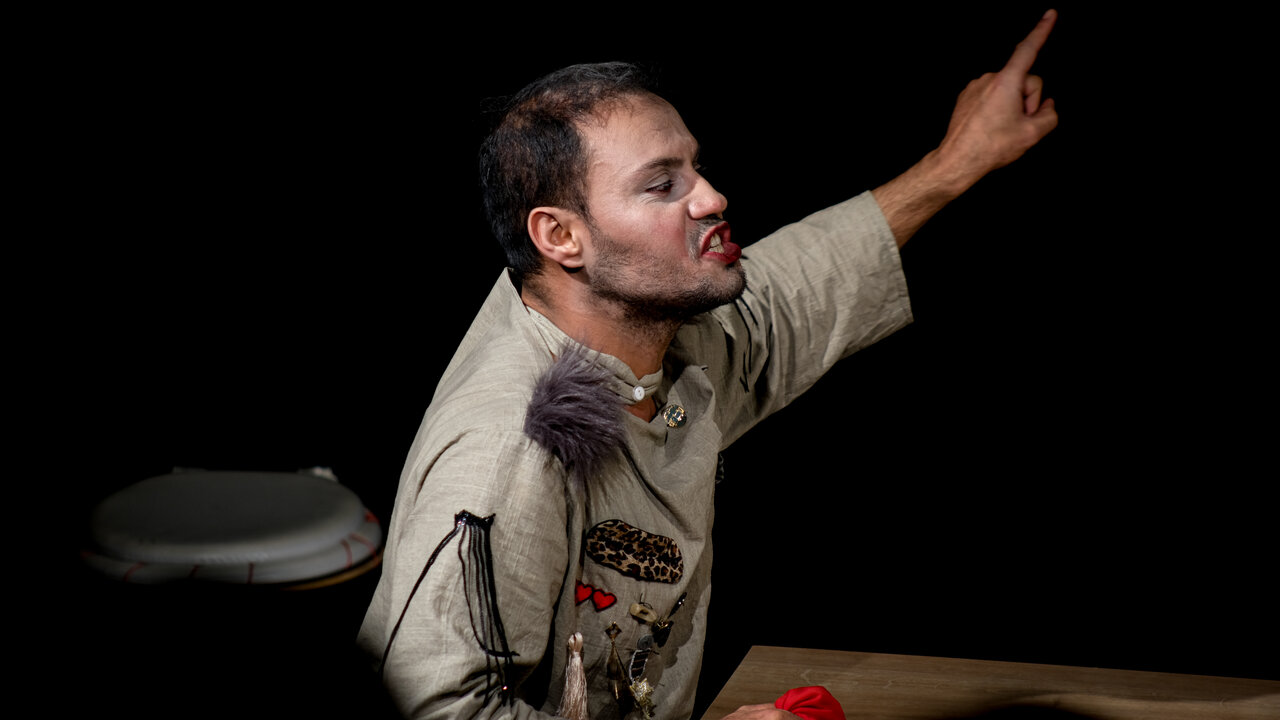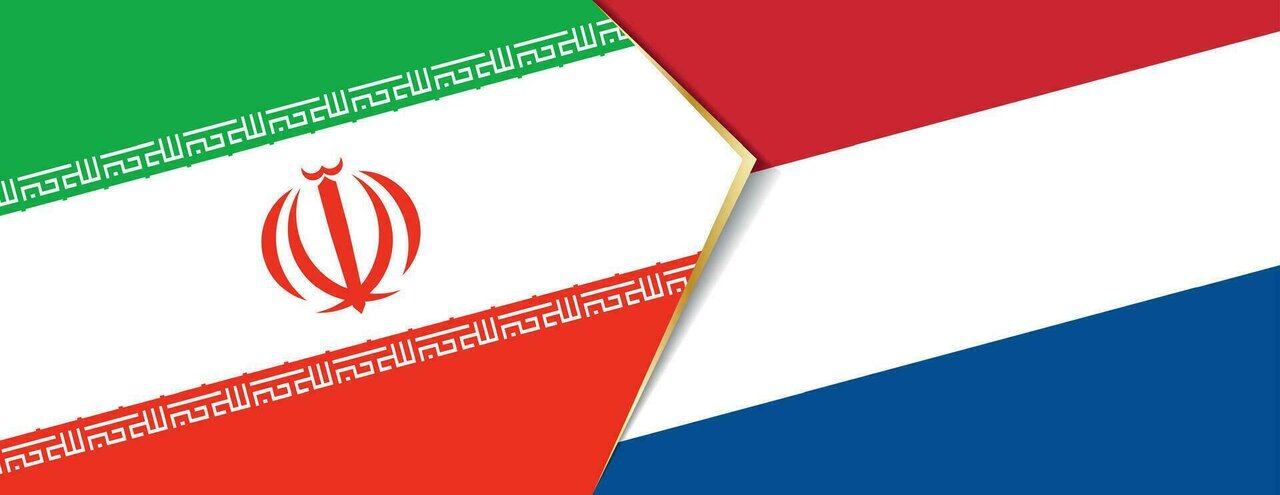
TEHRAN- The judges and critics for the 9th International Fajr Handicrafts Festival, known as Sarv-e Simin, have been announced.The panel functions renowned international judges including Baby Jurmawati from Indonesia, Roxana Amarilla from Argentina, Sandip Kumar from India, and Sitthichai Smanchat from Thailand, who have come to Iran representing the World Crafts Council, ISNA reported on Saturday.They join significant Iranian professionals such as Ardeshir Mojarad Takestani, a veteran in the field of Persian mini; Mohammad Taqi Ashouri, a professor at the University of Art and a leader in academic education; Mohammad Hassan Golchinpour, a specialist in metalwork; Mohammad Reza Sharifzadeh, a teacher of visual arts; Ardeshir Mirmangereh, the previous deputy of visual arts at the Ministry of Culture and Islamic Guidance; Mehdi Amraei, a university faculty member; Zhila Rassam Arabzadeh, a handicrafts professional; Mehdi Mohammadi, head of the handicrafts department at the Soore University; and Arash Heydarian, an active individual in the handmade carpet and handicrafts sector.The jurys secretariat will be supervised by Marzieh Torkamanian, a university lecturer, and Mohammed Reza Gerami, a university instructor holding a first-degree creative certificate, will also act as a consultant to the judges.The assessment process is completely electronic, and 13 judges have actually started their examination of the art work that have reached the final stage starting from Friday.
Eventually, six picked works will be chosen.
In this round of the festival, both foreign and Iranian judges will evaluate the entries over 2 days.According to Maryam Jalali-Dehkordi, the deputy minister of handicrafts at the Ministry of Cultural Heritage, Tourism, and Handicrafts, over 7,000 artworks have actually been sent to the celebrations secretariat, with 200 picked for more consideration, and a limited number will ultimately be awarded.She highlighted that the examinations are entirely transparent, based upon defined criteria, and conducted in an electronic environment, guaranteeing extensive look for every submission.
Amongst the judges, specialists in marketing, administration, and academia are present to assess the entirety of the handicrafts chain.Jalali likewise pointed out that over the past 3 years, the Sarv-e Simin trophy has gotten worldwide recognition and will be considered in future evaluations, while selected works will participate in handicrafts auctions.Moreover, this year, a Peoples Choice award will be introduced through online voting on the celebrations site.
Seyyed Amin Sanei Mehri, the executive secretary of the Sarv-e Simin festival, discussed that this procedure has actually been carried out for the first time to boost public involvement in choosing impressive artworks.Visitors to the exhibitions are welcomed to elect their favorite piece using offered QR codes at the exhibits or by means of the celebrations website at fajr.mcth.ir.After counting the votes, the artwork selected by the public will be announced at the celebrations closing ceremony, where the artist who owns the piece will also be honored.
This effort aims to even more promote handicrafts and increase public awareness within this field.The Sarv-e Simin Handicrafts Festival, held at the Sadabad Cultural-Historical Complex, will continue up until Monday, February 24.
Of the 8,173 submissions, 7,974 came from 4,378 Iranian artists, while 198 entries were sent by artists from 20 countries, including Tajikistan, Afghanistan, France, Thailand, the UK, India, Uzbekistan, and Kazakhstan.
Tajikistan had the most entries among worldwide participants, while the greatest number of submissions from Iran came from artists in Isfahan and Shiraz.According to organizers, the 9th International Fajr Festival of Handicrafts guarantees to be a significant cultural occasion, cultivating international exchange and celebrating Irans abundant artistic heritage.
It is meant to highlight standard skills passed down through centuries.
It likewise looks for to influence future generations to accept these time-honored practices while facilitating new economic opportunities for artisans.Experts say that each Iranian handicraft is more than a product; its a story of history, artistry, and cultural pride, gave through generations of devoted artisans.Available data assembled by the Ministry of Cultural Heritage, Tourism and Handicrafts, Irans annual handicraft exports presently stand at about $250 million, with an extra $250 million in casual travel suitcase exports.
The global market for handicrafts is valued at $770 billion, underscoring a substantial chance for growth.Currently, a selection of 13 cities and three towns in Iran have actually been registered by the World Council of Handicrafts as world cities of handicrafts.SAB/

 19
19







